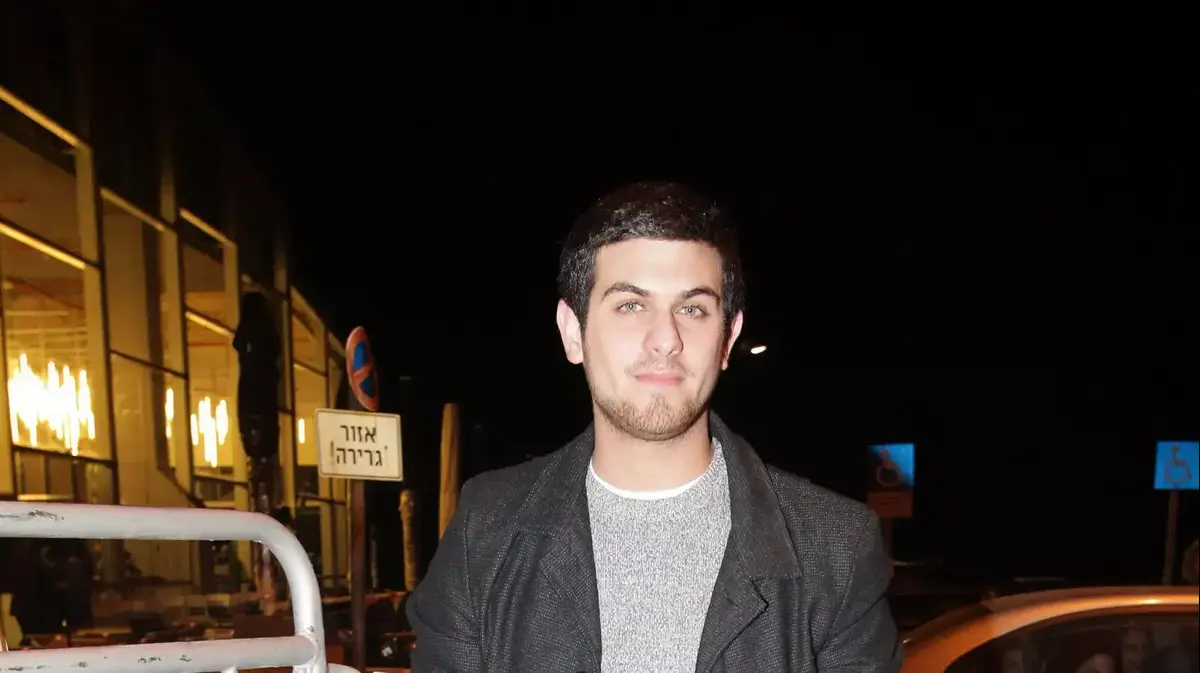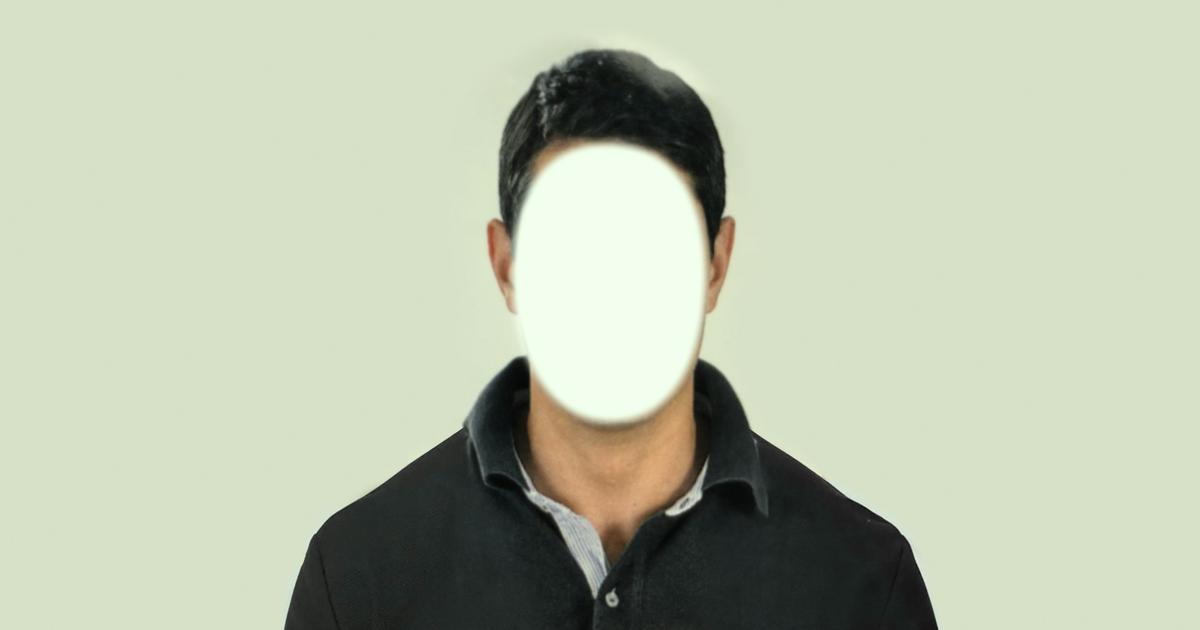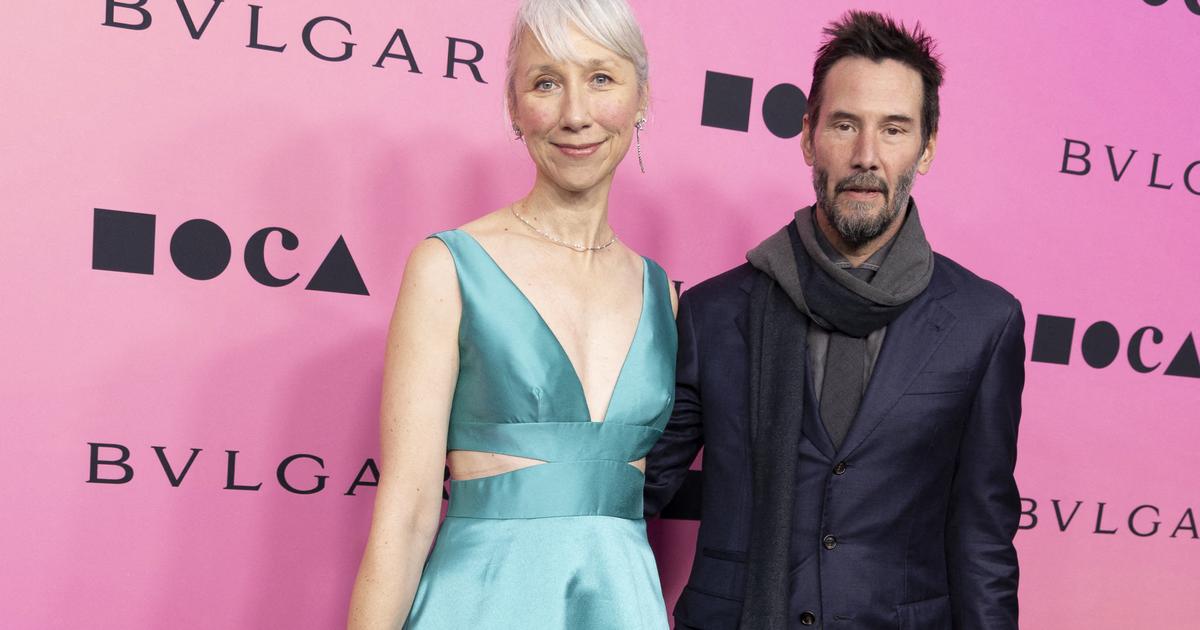Valentino, an 8-year-old boy diagnosed with a very rare case of
refractory epilepsy of which there is almost no other record in the world
, is an example of resilience.
Within the framework of
World Epilepsy Awareness Day
-a non-communicable chronic brain disease characterized by recurrent seizures- his story and that of his family reflects the importance of educating about this neuronal pathology to promote better quality of life.
“
Valentino is my teacher
.
He teaches us with his perseverance and tolerance for pain.
He's a annoying redhead because he has a terrible character.
He communicates through his eyes: he learned to say no and yes with his head.
He is a happy boy.
He loves music and if you play a song he doesn't want he looks at you, at the remote control and at the TV.
In his way, he understands and continues to learn
.
This is how Gabriela Alfaro (40) defines it, who is also the mother of Tobías (11) and Catalina (3).
Gabriela has worked for more than 12 years in software development engineering for companies such as Microsoft, Greelow and JMFamil and chairs the
Resilience Foundation
, an organization that seeks to support, guide and provide information on epilepsy.
In a dialogue with
Clarín
, he underlines the importance of joint work between science and the more humane side of treatment.
“My son is where he is today thanks to medicine and all the information we were able to obtain, but also thanks to everyone's commitment to knowing the tools and resources that are available for his well-being”, he assures.
Valentino with his mother, Gabriela, and his little sister Catalina.
Photo: Marcelo Martinez
In Argentina,
between 132,000 and 270,000 children live with epilepsy
.
70% respond to treatment, but the remaining 30% fail to control seizures with antiepileptic drugs.
This drug-resistant epilepsy is known as
refractory epilepsy
.
Its correct treatment is essential to improve the quality of life of people living with this disease.
“Sometimes it is difficult because there are a lot of situations that can cause Valentino to have a crisis.
For example, when he is very happy or nervous.
Finding a balance is worth it
, because it is what allows you to adjust your frustration threshold to adapt to enjoyment, helping you to make the feeling of joy become part of everyday life”, says Gabriela.
The odyssey of finding an accurate diagnosis
Gabriela went through a pregnancy without complications.
Although she remembers that around eight months of gestation she felt a phone vibrating in her belly.
Later, she learned that they were
seizures in vitro
.
When Valentino was born, on December 22, 2014, she experienced episodes that set off her alarms from minute zero.
“Every time she nursed, she noticed that he was not sucking well and that he would stiffen, choke, have reflux and vomit.
Those episodes were constant and on the rise, ”she recounts.
Her maternal instinct led her to consult with specialists who detected the
lack of adaptive responses that were holding her back in her development
.
Thanks to these observations, the doctors were able to act in time and transfer him to neonatology.
But they ascribed those events to simple gastroesophageal reflux.
“When Valentino tried to fall asleep, he had a crisis: he would stiffen, flex his torso, pause in breathing, his skin color would turn blue and it would all end with crying followed by a scream.
The episodes went on to last 30 seconds,” he describes.
Gabriela assures that it is worth looking for balance in everyday life.
Photo: Marcelo Martinez
For this reason, he decided to record each event with the telephone in order to transmit an objective reality to the doctor.
“If there are no studies on refractory epilepsy and its different causes, we will be able to report little on effective treatments.
The same professionals need to educate themselves and listen to the families
”, She reinforces.
Gabriela remembers the deepest crisis she went through in these years: “Around 6 months, when we couldn't escape intensive care.
It was when they gave us
the genetic diagnosis and a prognosis of less than a year to live
.
From that moment on, I felt that each day that passed was one less that my son was going to live”.
The diagnosis
“Three months later, we managed to have an electroencephalogram performed to have a first diagnosis closer to what Valen was going through.
They detected an epileptic focus.
Until then we did not know that he was refractory and the medication he was prescribed was contraindicated in his case.
That's where the debacle began.
Seizures lasted up to 30 minutes.
We found out that she was refractory when she was already 3 months old, ”she points out.
It is that refractory epilepsy is defined when the patient
persists with epileptic seizures despite receiving two well-indicated drugs, tolerated and at maximum doses
.
Among its characteristics, it usually generates conditions in other brain functions, with which patients may present cognitive deterioration, motor, behavioral and sleep disorders.
Valentino doing his exercises with Gabriela.
Photo Marcelo Martinez
Santiago Flesler, medical director of the children's epilepsy program at the German Hospital and one of Valentino's treating doctors, explains that the boy had two
different overlapping types of refractory epilepsy
, migratory epilepsy and Dravet syndrome, of which
there are practically no records in the world
.
“Valentino has a mutation in the SCN1A gene that is the most frequent in patients with epileptic and developmental encephalopathies.
What is unusual is the subtype of the mutation and the place where it is housed.
Likewise, its clinical presentation is very infrequent, since it behaved in the first months of life as epilepsy with migratory focal seizures of early childhood and later as Dravet syndrome, when most patients present a single epileptic encephalopathy", he describes and points out that the cause is in this unpredictable variant, "that it is not known how it will behave".
Valentino presents motor challenges in behavior, cognition and language.
This causes him to have difficulties walking, talking and eating.
She needs rehabilitation therapies such as speech therapy, kinesiology, educational psychology, psychology, occupational therapy and school integration.
"In addition, it requires treatment with numerous antiepileptic drugs, including cannabis oil. All in order to improve their quality of life," completes Flesler, who is also a member of the Argentine Society of Pediatrics (SAP), the Argentine League against Epilepsy ( LACE) and the Argentine Society of Child Neurology (SANI).
For this reason, the doctor asks to focus on this particular patient to speak in general about the importance of all those who have refractory epilepsy being able to "access
early diagnosis
, which is essential, as is early access to
treatment appropriate
for each case".
Maternal love
“Valentino has
the maturational age of a six-month-old baby
.
At 8 years old, he is experiencing Parkinson's, all due to a genetic mutation.
Having a diagnosis allowed us to put together a context based on knowledge of his pathology to know what we can do and what is prohibited, ”says Gabriela.
Gabriela created a foundation to raise awareness about refractory epilepsy.
Photo Marcelo Martinez
How is Valentino's routine?
"Complex and at the same time simple due to his home hospitalization," he defines.
Per day, he takes
more than 30 medications
.
Everything is reflected in a form that Valentino always carries in his emergency bag.
"This way the doctor on duty, who doesn't know what genetic mutation he has, can know what they can treat my son with and what not to avoid exacerbation of the condition," he illustrates.
He suffered many stigmas from the most intimate and familiar until, with information and patience, a conscience was created in the other that brought them down.
National Law
No. 25,404
guarantees that people with epilepsy can exercise their rights without any type of discrimination (work, school or social) and provides access to adequate and complete treatment for the pathology.
Valentino with his mother and one of the nurses who assists him.
Photo Marcelo Martinez
“Due to its constant crises, it loses many of the advances it has.
It's like a lightning bolt: sometimes it's up and sometimes it's down.
But
he always has a smile to give away
, ”she reflects.
"A key moment was when I realized that
I had to let go and expand my role as a mother
: today, his nurses are his other mothers because they also take care of him, pamper him, bathe him, and accompany him at night," Gabriela assumes. .
The move to Bariloche helped them improve the baby's quality of life.
Photo Marcelo Martinez
“
THC-free cannabis oil
helped him control several of his crises and cognitively produced a very noticeable favorable change,” he says.
In their home hospitalization, therapeutic (nurses are on call for between 8 and 12 hours) and family monitoring is essential.
“The interaction with his siblings is part of his well-being.
We got him a motorized stander to go for a walk and the youngest sister sits in the back ”, he cherishes with a smile.
Gabriela separated when Valentino was one and a half years old.
“It got to a point where I had to focus my energy on the baby.
It is more difficult for men to accept a diagnosis and make decisions, but the boys do not have time to wait, ”she says.
Later, she bet on life, remarried and had another daughter.
They have lived in Bariloche for 5 years, where they all improved their quality of life.
“
I took him skiing
, an adapted sport that he was able to share with his brothers.
Now I dream of moving it to the beach.
My psychiatrist is the one who helps me deal with the non-answers to the questions we ask ourselves as mothers, for example, what will happen when Valen dies.
No one can answer it, and you have to be able to talk about it and cope with it.
Every day is welcome…it's like having earned it,” he meditates.
The Resilience Foundation
A fervent defender of individual rights, Gabriela believes that the experience she is going through serves to help other families.
The Resilience Foundation was born, from those long hospitalizations of Valentino in Fleni, with the aim of
raising awareness, informing and accompanying
the families that face the same battle.
Also, it is proposed to provide information on research advances and reference centers located in Argentina.
“The education of the patient, his family and society constitutes the fundamental pillar to guarantee that everyone has the same knowledge and decision-making power of the treatments that exist to be used against refractory epilepsy”, he reflects.
For Gabriela, each day is a new challenge, Valentino is her beacon.
ACE
look also
Drama of rare diseases: 70% denounce obstacles in studies and treatments
Opinion: the medicinal use of cannabis in Pediatrics





/cloudfront-eu-central-1.images.arcpublishing.com/prisa/MTOHBDDWPFDTPBEOJ4TEBMTRWA.jpg)







